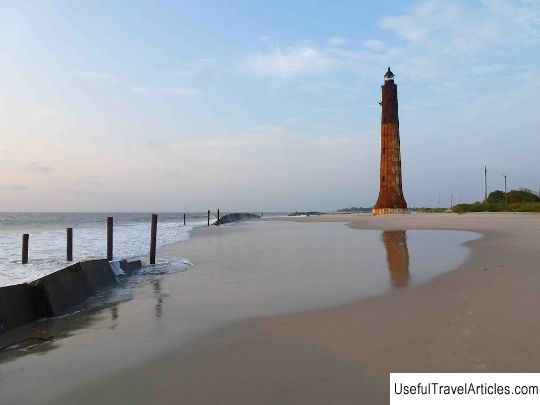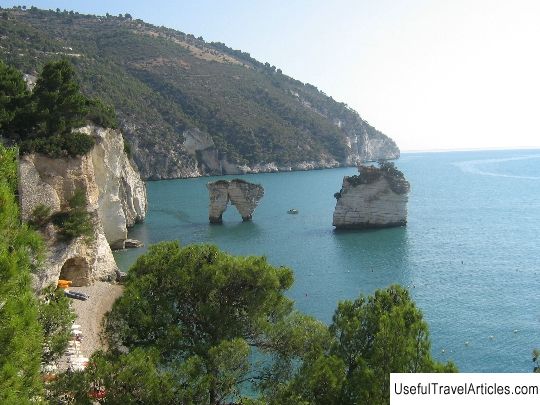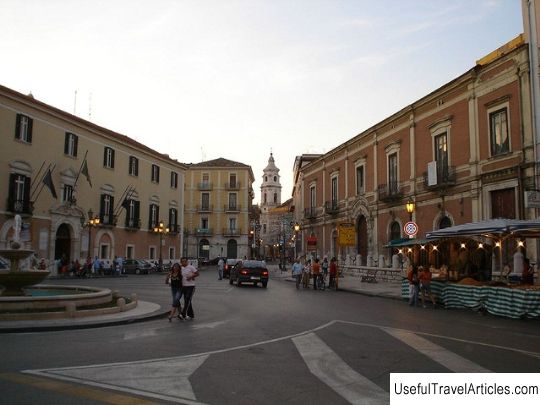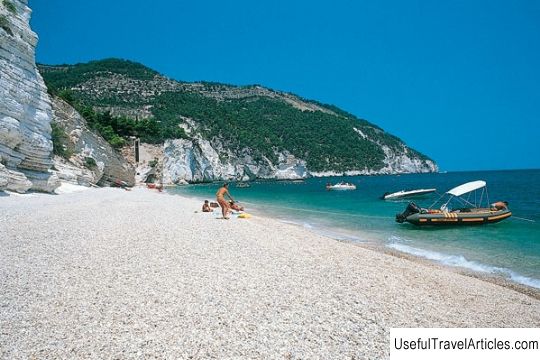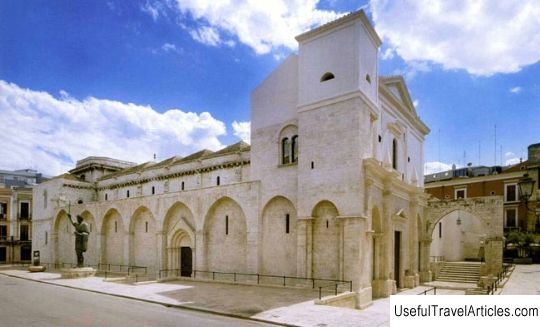Lucera description and photos - Italy: Apulia
Rating: 7,6/10 (112 votes) 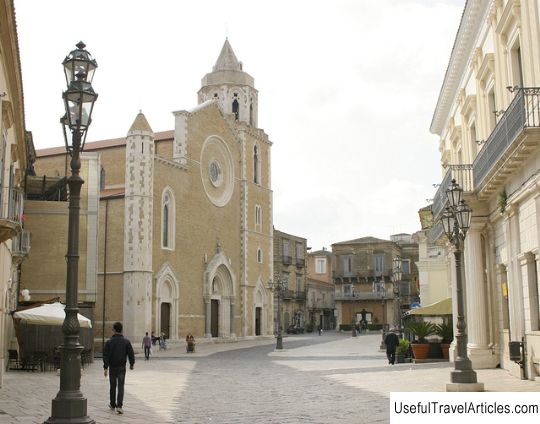
Lucera description and photos - Italy: Apulia. Detailed information about the attraction. Description, photographs and a map showing the nearest significant objects. The name in English is Lucera. Photo and descriptionLucera is an ancient city located in the province of Foggia in the Italian region of Apulia. It was founded by the Daunians tribes in the very center of their possessions - Daunia. During archaeological excavations, traces of a Bronze Age settlement were found. Lucera got her name, probably from the name of Lucius, the mythical Daunian king, or from a temple dedicated to the goddess Luks Chereris. According to the third version, the founders of the city were Etruscans, and in this case its name means "sacred forest" ("ray" - forest, "eri" - sacred). In 321 BC. the Roman army was surrounded by Samnite troops. Trying to get the support of the allies, the Romans were ambushed and utterly defeated. The Samnites occupied Lucera, but were soon driven out by a popular rebellion. In 320, Rome granted the city the status of the Colony of Togata, which meant that it was ruled by the Roman Senate. And to strengthen ties between the two cities, 2,500 Romans went to Lucera. Since then, this city has been known as a permanent ally of Rome. Relatively many monuments, including the amphitheater, have survived from those times to the present day. When the Western Roman Empire fell, Lucera gradually began to decline. In 663, the Lombards captured it, and a little later the city was destroyed by Constant II, the ruler of the Eastern Roman Empire. In 1224, Emperor Frederick II, in response to religious uprisings in Sicily, expelled all Muslims from the island, and many of them settled in Lucera for many years. Their number reached 20 thousand people, and therefore the city began to be called Lucaera Saracenorum, as it became the last Islamic bastion in Italy. In peacetime, Muslims were mainly engaged in farming - they grew wheat, barley, legumes, grapes and other fruits. They also raised bees and received honey. This colony flourished for 75 years, until in 1300 it was plundered by Christians under the command of King Charles II of Anjou. Most of the Muslim population of Luhera was expelled or sold into slavery. Many have found refuge in Albania, which lies on the other side of the Adriatic Sea. Abandoned mosques were destroyed and Christian churches grew in their place, including the Cathedral of Santa Maria della Vittoria. After the expulsion of Muslims, Charles II tried to settle Christians in Luchera, and those Muslims who accepted the new faith received their property back. True, none of them was reinstated in their former positions or admitted to the political life of the city. In 2009, a study of the gene pool of residents of Lucera and neighboring cities was carried out, as a result of which a small percentage of North African "blood" was found in local residents. Luchera has preserved many historical monuments dating back to different periods. Among them is the Roman amphitheater, one of the largest in southern Italy. It was discovered in 1932, along with a statue of Emperor Augustus. The dimensions of the amphitheater are 131 * 99 meters. It could accommodate up to 18 thousand spectators. The castle, the Church of San Francesco and the Cathedral, erected in the 1300s on the site of the last medieval mosque in Italy, have survived from the Middle Ages. You can also see the churches of Carmen, Santo Domenico, San Giovanni Battista and Sant Antonio. The dome of the latter was once part of the city mosque.        We also recommend reading Palazzo Thiene Bonin Longare description and photos - Italy: Vicenza Topic: Lucera description and photos - Italy: Apulia. |
